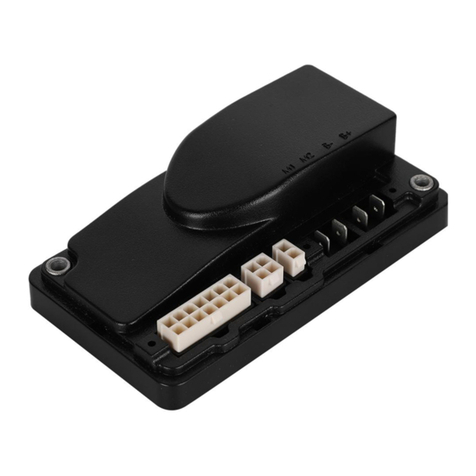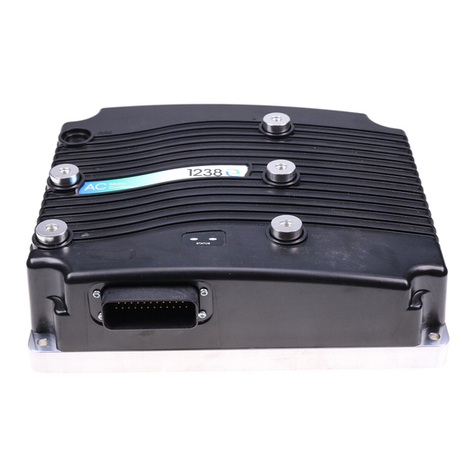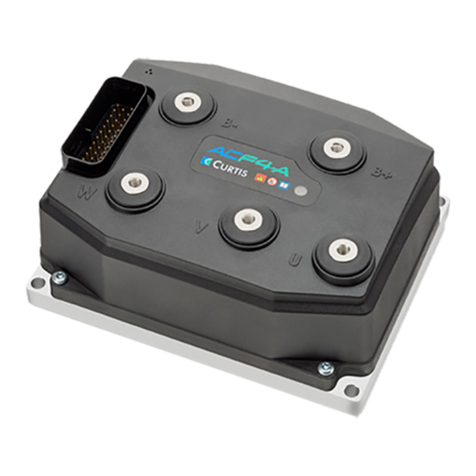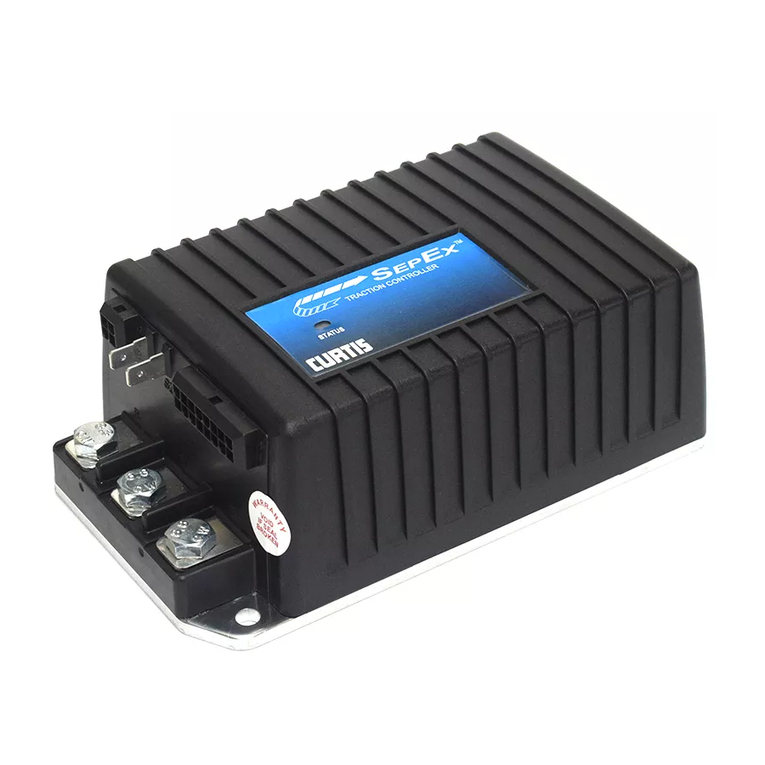CONTENTS
1. OVERVIEW ....................................................................... 1
2. HARDWARE INSTALLATION ....................................... 3
Controller .................................................................... 3
Throttle ........................................................................ 5
Other Hardware ........................................................... 8
Main contactor ................................................... 10
Forward/reverse contactors .................................. 11
Forward/reverse switches ..................................... 11
Keyswitch and interlocks ..................................... 11
Keyswitch relay ................................................... 11
Polarity protection diode ..................................... 12
Control wiring fuse ............................................. 12
Power wiring fuse ................................................ 12
3. WIRING ........................................................................... 13
Connections: Low Current......................................... 13
Connections: High Current ....................................... 13
Wiring: Typical Installation ....................................... 14
KSI wiring .......................................................... 15
Forward/reverse wiring ........................................ 16
Plug braking ................................................ 16
Freewheeling ................................................ 16
Throttle wiring ................................................... 17
Standard potbox wiring ............................... 17
Pots for twist-grip throttles .......................... 18
Electronic throttle wiring ............................. 19
Reduced speed operation ............................. 20
Throttle ramp shaping ................................. 21
Installation Checkout ................................................. 22
CONTENTS
































